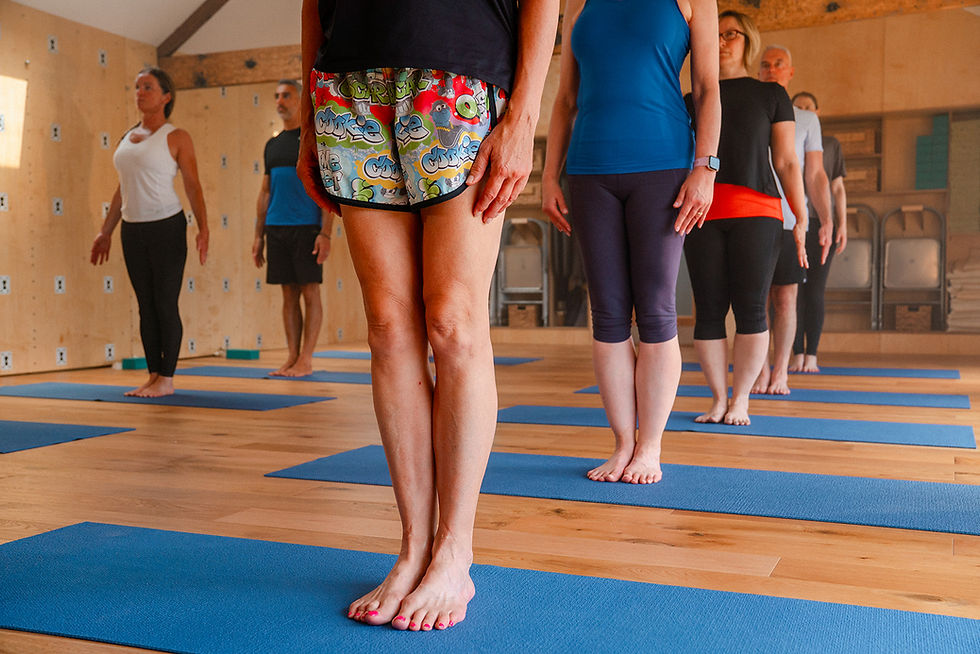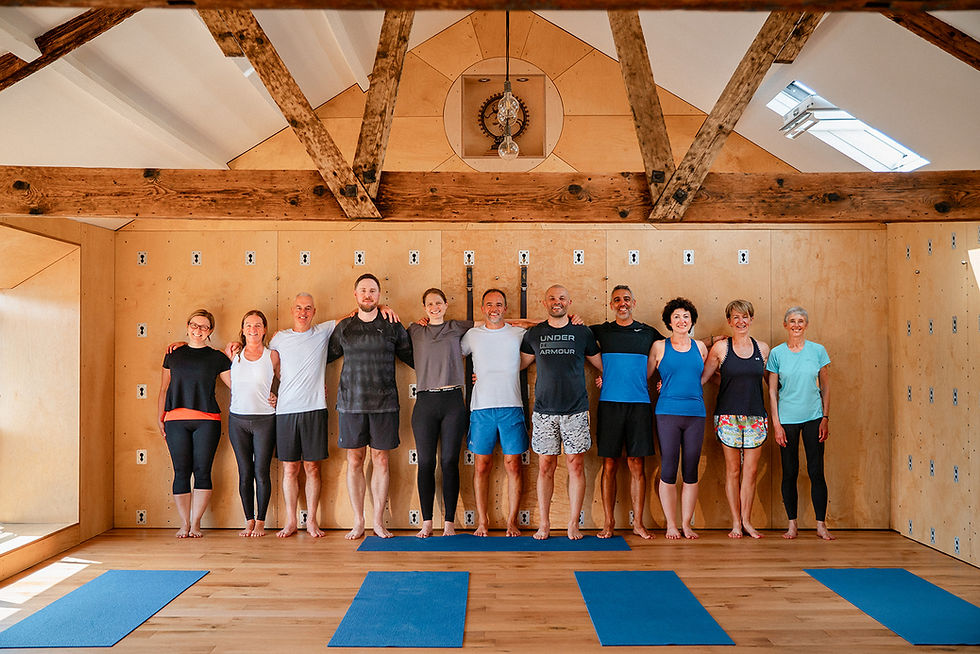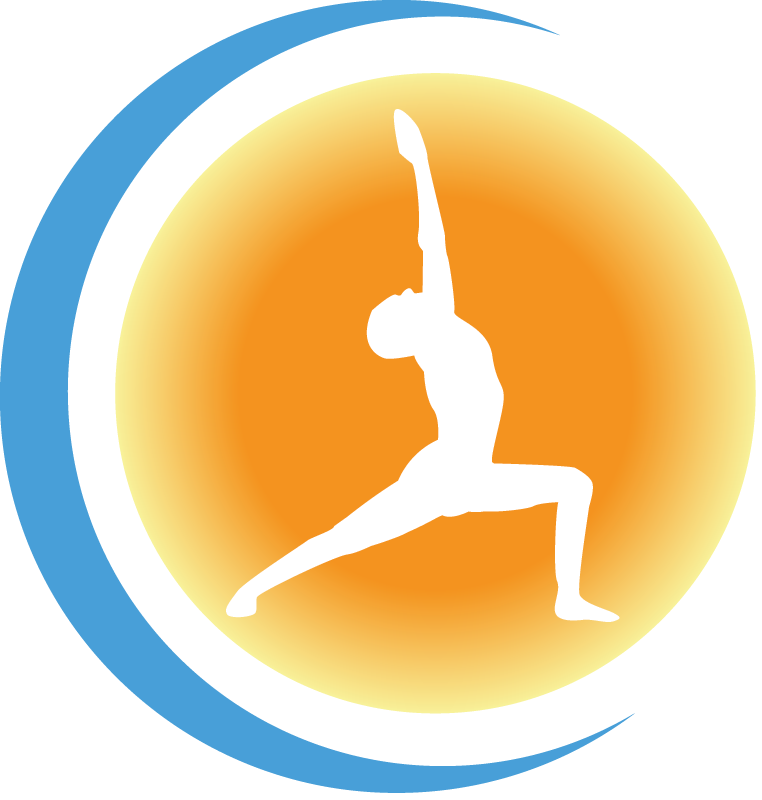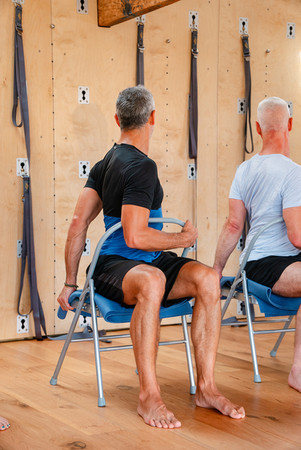The 7 Groups of Yoga Postures
- Els Kenney
- Jun 23
- 3 min read
Updated: Jul 30
At YogaOne, we believe a balanced yoga practice goes beyond simply moving through poses — it’s about understanding how each posture affects your body, mind and energy. In Iyengar Yoga, asanas (postures) are thoughtfully organised into seven core groups, each offering unique physical and mental benefits.
In this post, we’ll explore the seven groups of yoga postures, how they influence your system, and how we integrate them into our structured classes here in Penarth.
🌱 Standing Postures

Standing postures are the foundation of every Iyengar Yoga practice. They connect you to the earth, build strength and stability, and improve posture and stamina.
Why they matter: These postures ground the body and mind, improve balance, and prepare you for more advanced shapes. They help you feel steady and focused, both on and off the mat.
Examples: Tadasana (Mountain Pose), Virabhadrasana (Warrior Poses)
Related read: What to Expect — Intro Level Iyengar Yoga
🪑 Seated Postures

Seated poses allow the body to lengthen and release tension while improving flexibility in the hips, back and hamstrings. Depending on the movement — forward, lateral or twisting — seated postures engage different elements.
Why they matter: They calm the nervous system, improve posture and create space within the spine. Seated postures are often used to transition between more dynamic sequences and restorative moments.
Examples: Dandasana (Staff Pose), Baddha Konasana (Bound Angle Pose)
💧 Forward Bends

Forward bends are known for their soothing, introspective quality. They lengthen the spine, release tightness in the back body, and encourage mental calm.
Why they matter:These postures ease tension, relieve anxiety, and promote flexibility in the legs and back. In Iyengar Yoga, they are often sequenced later in a class to cool and settle the system.
Examples: Paschimottanasana (Seated Forward Bend), Uttanasana (Standing Forward Fold)
🔥 Back Bends

Back bends open the front of the body, energise the system and build courage. They stimulate the spine, improve posture and enhance lung capacity.
Why they matter:These invigorating postures boost energy, improve flexibility and strengthen the back. In Iyengar Yoga, props like blocks, bolsters and our Great Yoga Wall often support students in safely accessing back bends.
Examples: Ustrasana (Camel Pose), Setu Bandha Sarvangasana (Bridge Pose)
🔄 Twists
Twisting postures or Lateral extensions cleanse and rebalance the body, massaging the internal organs and improving spinal flexibility. They’re neutral in nature, restoring balance wherever needed.
Why they matter:Twists release tension in the back and spine, aid digestion, and realign the body. In Iyengar Yoga, they’re frequently placed before or after inversions to balance the nervous system.
Examples: Bharadvajasana (Seated Twist), Marichyasana III
🌌 Inversions

Inversions turn your world upside down — literally — and offer profound mental and physical benefits. They shift perspective, calm the mind and improve circulation.
Why they matter:Inversions balance the nervous system, strengthen the upper body and bring clarity. Using supports like blankets, belts or The Great Yoga Wall makes these postures accessible for all.
Examples: Salamba Sarvangasana (Shoulderstand), Adho Mukha Vrksasana (Handstand)
🌬️ Balancing Postures

Balancing postures challenge focus, coordination and mental composure. They teach you to find steadiness in moments of instability.
Why they matter:These poses improve concentration, strengthen the core and stabilising muscles, and build emotional resilience. Even simple balances can reveal much about your state of mind.
Examples: Vrksasana (Tree Pose), Ardha Chandrasana (Half Moon Pose)
Why Understanding The 7 Groups of Yoga Postures Matters
Knowing the purpose of each group helps you appreciate the logic behind Iyengar Yoga sequences. Classes are carefully structured to move you through a balance of postures, working with the nervous system to both energise and calm.
You’ll often move from standing postures into seated forward bends, towards a peak pose like an inversion or backbend, and then ease back down into restorative shapes — a dynamic flow of effort and ease that leaves you feeling steady, open and revitalised.
Related read: How Iyengar Yoga Enhances Mind-Body Connection

Experience Iyengar at YogaOne
At YogaOne, every class is built using these posture groups, adapted to suit the level and needs of our students. Whether you’re new to yoga or looking to deepen your practice, our structured approach will help you progress safely, confidently and mindfully.
Ready to experience it?
View our timetable and book your place today.







